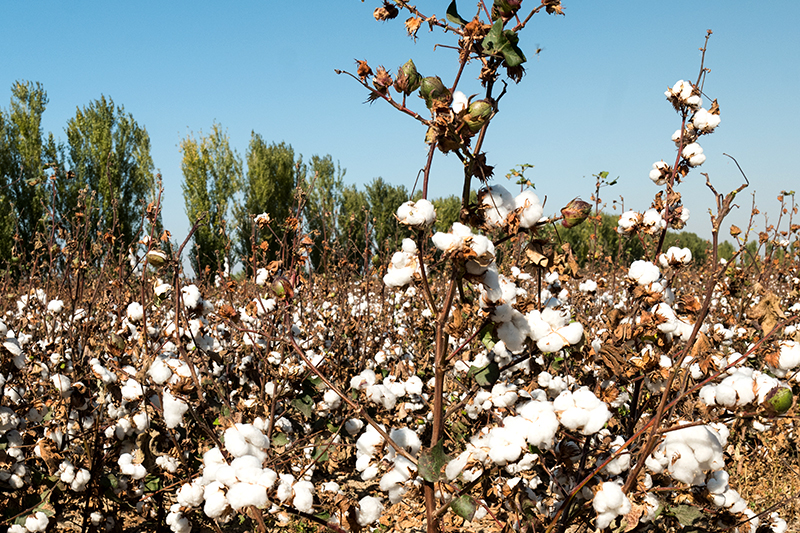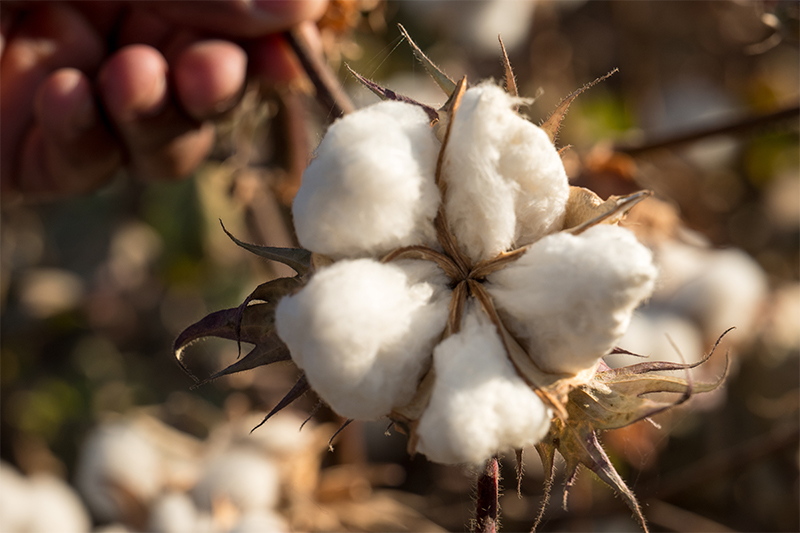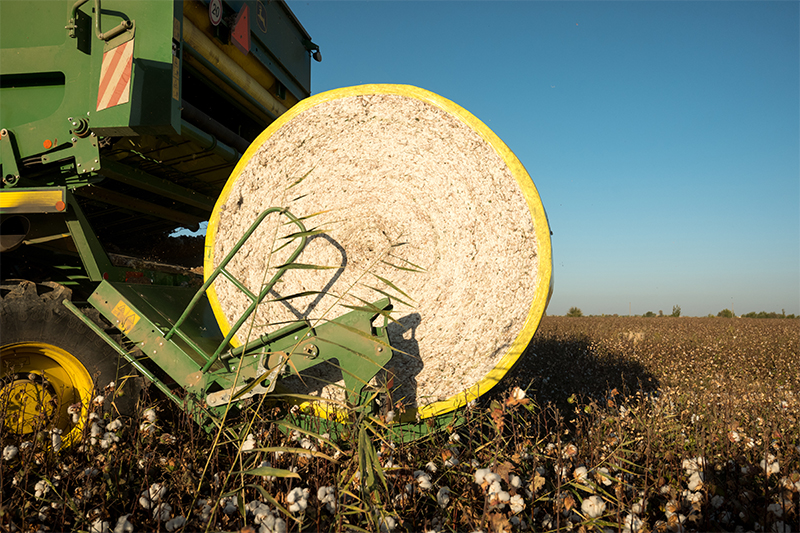COTTON FIBER
Cotton is the most important plant fiber used in the textile industry around the world.
Cotton fibers are natural hollow fibers; they are soft, cool, known as breathable fibers and absorbent. Cotton fibers can hold water 24–27 times their own weight. They are strong, dye absorbent and can stand up against abrasion wear and high temperature. In one word, cotton is comfortable. Since cotton wrinkles, mixing it with polyester or applying some permanent finish gives the proper properties to cotton garments. Cotton fibers are often blended with other fibers such as nylon, linen, wool, and polyester, to achieve the best properties of each fiber
Cotton fibres may be classified roughly into three large groups, based on staple length (average length of the fibres making up a sample or bale of cotton) and appearance. The first group includes fine, lustrous fibres with staple length ranging from about 2.5 to 6.5 cm (about 1 to 2.5 inches) and sell at a premium — such as Sea Island, Egyptian, and Pima cottons. Least plentiful and most difficult to grow, long-staple cottons are costly and are used mainly for fine fabrics, yarns, and hosiery. The second group contains the standard medium-staple cotton, such as American Upland, with staple length from about 1.3 to 3.3 cm (0.5 to 1.3 inches). The third group includes the short-staple, coarse cottons, ranging from about 1 to 2.5 cm (0.5 to 1 inch) in length, used to make carpets and blankets, coarse fabrics, and blends with other fibres.
Indorama produces and processes medium staple length cotton in Uzbekistan.





